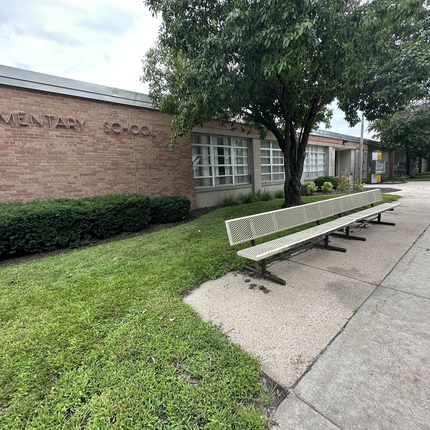By Johnathan Hladik, former policy director
Nebraska has been bombarded with television commercials, radio ads, social media posts, and text messages about the petition drive to repeal LB 753, also known as the Opportunity Scholarships Act (OSA).
Why all the attention? It comes down to money. Proponents of the OSA stand to gain financially through their investment in the business of private education and the generous tax credits they plan to claim. Opponents are concerned the state simply doesn’t have enough resources to support two separate school systems—private and public—simultaneously.
The opponents have a point. Where similar legislation was implemented, such as Arizona, Wisconsin, and Indiana, property taxes were raised to make up for reduced state aid to public schools. When aid is reduced, it affects all districts—no matter how far the closest private school may be.
How much money? LB 753 sets aside $25 million each year for three years to fund its tax credit program. After that, the amount will grow up to 25% every year based on demand until it's capped at $100 million.
That money heads straight to the pockets of wealthy donors. The dollar-for-dollar credit created by the OSA can be used for up to 50% of a taxpayer’s liability. Charities, such as a children’s hospital or the local church, allow only up to a 6% reduction. If a taxpayer owes $100,000 in income taxes and donates $50,000 under the OSA, their tax liability is reduced by $50,000. If that same donation was made to a cancer research center, their taxes are reduced by only $3,320.
Local school districts are struggling to address teacher shortages and retain vocational courses. Now isn’t the time to create a second funding system for private schools. Instead, let’s maintain support for the system we already know and value.





